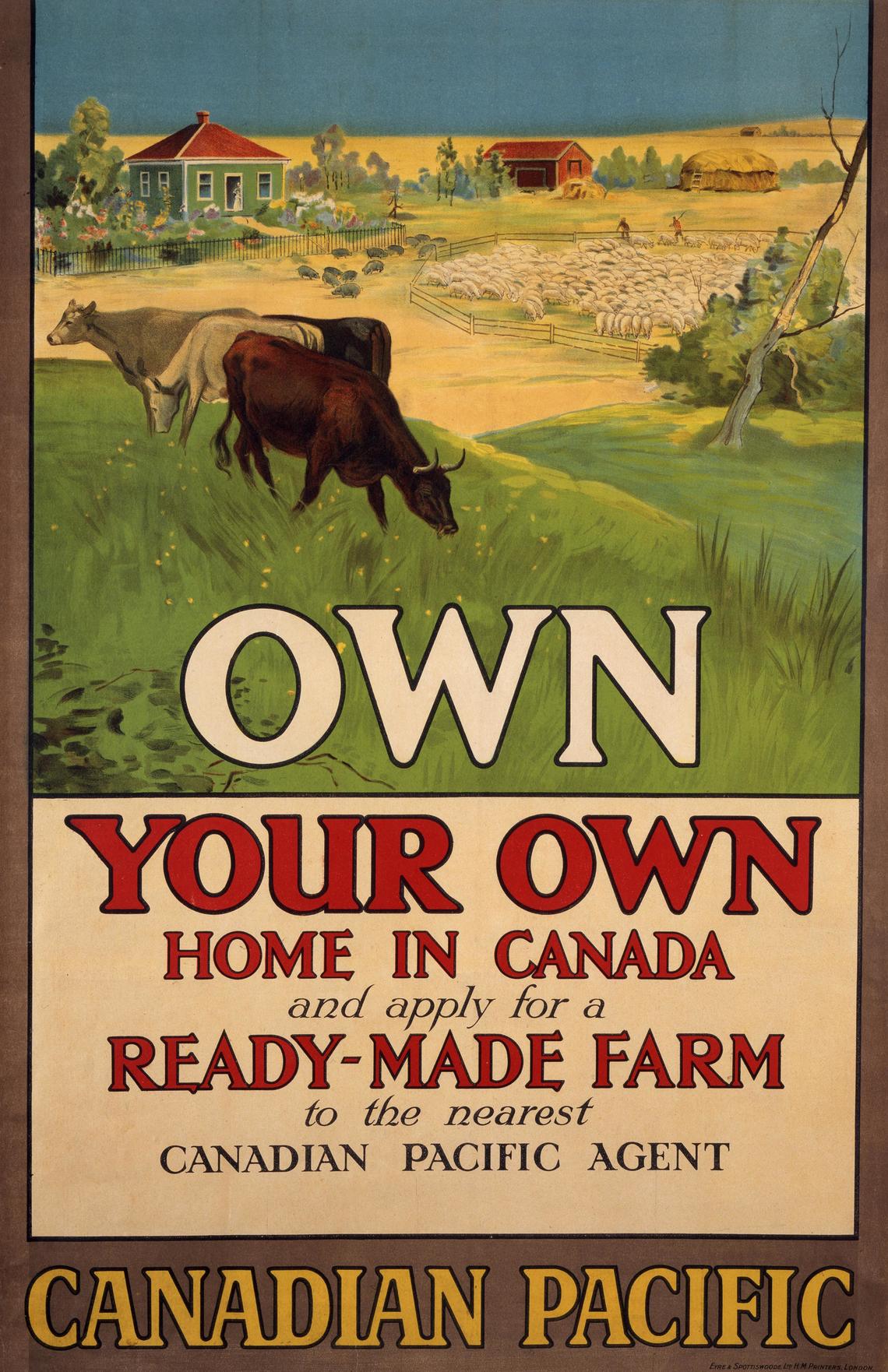Nov. 15, 2018
The new Glenbow Western Research Centre represents an innovative approach to community-based research.

- Above: The new Glenbow Western Research Centre represents an innovative approach to community-based research.
With the addition of Glenbow’s Library and Archives, the materials in the university’s Archives and Special Collections will stretch more than 10 kilometres if placed end-to-end.
Glenbow in downtown Calgary has been the go-to museum for documents, photographs and artifacts reflecting the history and culture of Western Canada. The collection on its way to UCalgary includes roughly 22 million pages of textual records, two million photographs, 125,000 books, 15,000 maps, 600 hours of audio recordings, as well as 4,000 videos and films.
"Glenbow's collection is the premiere archive that documents the history of Western Canada, and it's tremendously exciting to bring to our campus materials of such significance to Canadian heritage," says Mary-Jo Romaniuk, vice-provost (Libraries and Cultural Resources). "This initiative enhances our support of research, teaching and learning while ensuring long-term preservation and public accessibility of these materials."

Canadian Pacific Railway poster from the early 1900s.
Glenbow Archives
Glenbow’s Library and Archives will complement UCalgary’s existing strengths in collections of literature, rare books, music, textiles, coins, architecture and military history.
- Literary archives: UCalgary’s literary archives attract scholars from around the world. Collections include manuscripts, notes, correspondence, photographs, and other working materials from such well-known writers as Alice Munro, Mordecai Richler, Robert Kroetsch, Guy Vanderhaeghe and W.O. Mitchell.
- Book collections: These include rare books and medieval texts, science fiction, poetry and comic books. A leaf of the Gutenberg Bible is housed at UCalgary as well as the 15th-century Polychronicon, one of the earlier books printed in the English language.
- Canadian Architectural Archives (CAA): This is the largest collection devoted to Canadian architecture and includes once million photographs, nearly one million drawings and thousands of boxes of textual records. Scholars travel frequently to UCalgary to conduct research and select images for books, projects and articles. CAA collections have been on display in travelling exhibitions in the National Gallery, the Vancouver Art Gallery, Beaverbrook Centre, the Museum of Civilization, Canada House in London and the Smithsonian’s Hirshhorn Museum and Sculpture Garden in Washington, D.C.
- Chicksands and Military History Collections: Housed at the university’s library and archives at The Military Museums of Calgary, the Chicksands collection was donated in 2011 after years of negotiations with the British Ministry of Defence. It includes 50,000 books and historical writings ranging from the 1700s to the 1970s. Chicksands is one of the largest collections of military-related texts in a Canadian academic library.
- EMI Music Canada Archive: The archive of an entire record label was donated by Universal Music Canada in 2016. This collection gives students, researchers and music fans around the world access to documentation of more than half a century of contemporary music spanning a range of genres.
- George F.B. Stanley Collection: This is the archive and personal library of the late eminent historian who proposed the design of the Canadian flag. Stanley was born in Calgary and his collection was donated after he passed away in 2002. The collection tracks the evolution of the symbol from the Union Jack through various renditions of the red ensign to, finally, the maple leaf. This process spanned the terms of 14 prime ministers, from Sir John A. Macdonald to Lester B. Pearson.
- Mackie Family History of Neuroscience Collection: Donated by the Mackie family, the majority of this collection is housed in the History of Medicine Room in the Health Sciences Library at the Foothills Campus. This collection of international significance contains nearly 2,500 books and journal articles spans over 350 years in the development of neuroscience. Highlights include Rene Descartes’s classic 1662 work De Homine and the rare first neurological text Cerebri Anatome,published in 1662, written by Thomas Willis — the “Father of Neurology” — and illustrated by Christopher Wren.
Glenbow Western Research Centre
The relocation of Glenbow’s Library and Archives will improve access to the collection. The Glenbow Western Research Centre will be located on the second floor of the Taylor Family Digital Library (below). Construction will take place over the summer of 2019.

The Taylor Family Digital Library.
Dave Brown, Libraries and Cultural Resources
